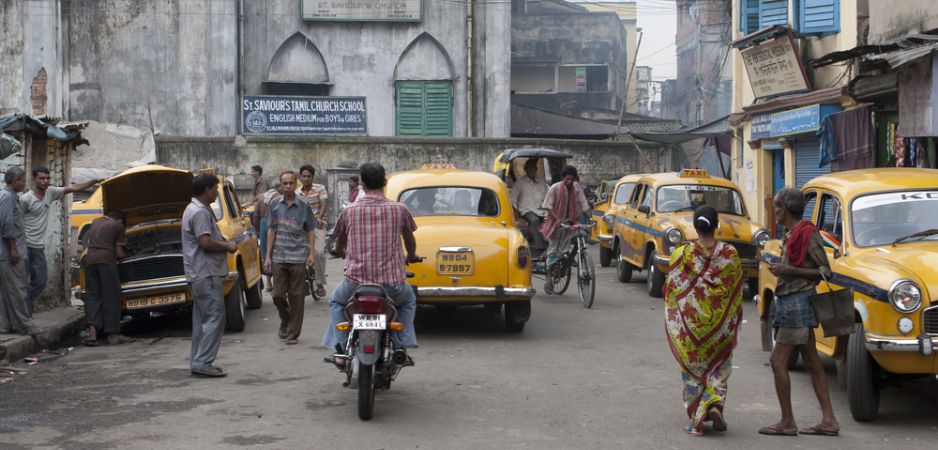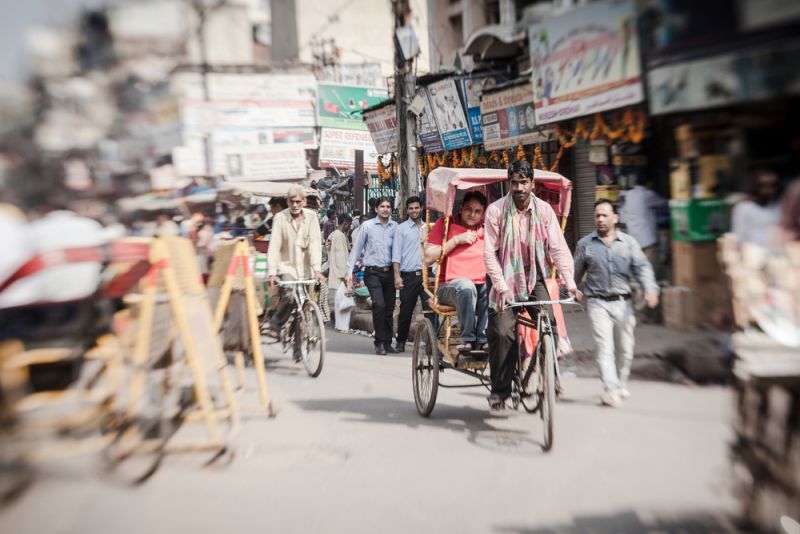It is time for cities like Delhi to cut their pollution so that India can become a cleaner country.
Cutting air pollution is akin to losing weight. Everyone wants it, many make New Year resolutions, but few do anything about it.
In India, Delhi’s new government could take a leaf out of exercise routines to cut the flab in the city’s polluted air. Here is a four-step formula.
1) Develop a Holistic Exercise Regime
An optimal exercise regime requires a detailed understanding of the human body’s complex physiology. Holistic exercise prescriptions have to target the entire body, not just specific parts. Similarly, an optimal “dose” of policy intervention requires a holistic understanding of pollution mechanisms.
Air quality is an outcome of a complex interaction between sources of emissions — transport, industry, power and waste — and meteorological factors. Any remediation, therefore, requires a coordinated policy effort across all these sectors. In the recent past, pollution-related policies have been focused primarily on the transport sector — introduction of CNG in buses, removal of vehicles older than 15 years, upgrading vehicular emission standards and so on. Whereas these measures will improve air quality, they alone would not suffice.
In conjunction with transport sector interventions, power sector reforms, increased use of renewable energy, checking emissions by diesel-powered generators (used to power telecom towers, homes and businesses), and waste management are all required simultaneously to make the air cleaner.
2) Your Social Network Matters
Public health studies find that our closest connections influence our weight. If one sibling becomes obese, there is a 40% chance that the other would become overweight as well. Similarly, with air pollution, if one area gets polluted, it could spread to nearby geographies.
Pollutants generated in one location can “get transported” to neighboring territories based on meteorological conditions. This recognition prompted the European Union to set up the Convention on Long Range Trans-boundary Air Pollution as part of its monitoring program.
The key lesson from this is that pollution reduction in a city like Delhi has to be synonymous with reducing pollution in all neighboring states (parts of Haryana and Uttar Pradesh). Consequently, only Delhi-centric efforts may not be enough to reach the Central Pollution Control Board air quality standards, which are more lenient than those of the World Health Organization or the US Environment Protection Agency. This requires extensive coordination across states or a comprehensive restructuring of the Pollution Control Boards in India.
3) Learn From Those Who Succeeded
Stories of people who have overcome obesity are always inspirational. Equally, Delhi can learn from the experiences of air pollution control in the United States and Europe.
Countries such as the US, which today have the cleanest air, were once the smog capitals of the world. Leadership, by entities such as the California Air Resources Board and the US Environment Protection Agency, has led to continual tightening of air quality standards, based on rigorous scientific data. These standards legally mandate the permissible levels of air pollution in order to protect human health. These agencies have influenced public voice — and, therefore, political will — for healthy living through education, legislation and innovative technology solutions. For instance, in southern California, while population and vehicle numbers have tripled between 1960 and 2010, air pollution has significantly declined.
4) Perseverance is the Key
Neither weight loss, nor pollution reduction happens overnight. It requires sustained effort to have any visible impacts.
There is a time lag between policy introduction and their beneficial impacts. Delhi needs to be more aggressive in its approach to reduce air pollution. Policies need to be revisited (and updated) more frequently, and standards need to be tightened every five years — the last revision of air pollution standards in India was in 2009.
Without a comprehensive plan to clean Delhi’s air by 2020, incremental efforts may yield little. Any such plan would require better urban planning, policy coordination across different governance levels and sectors, and imposing penalties on polluters.
The situation, however, is not a hopeless one. The upside is that this presents Indian policymakers with a window for deep introspection. As environmental issues have penetrated public consciousness, there remains an opportunity for policy alignment to simultaneously stem climate change and air pollution.
It is time that cities like Delhi cut their pollution flab, so that when we gaze in the mirror, we see a (c)leaner and healthier country.
The views expressed in this article are the author’s own and do not necessarily reflect Fair Observer’s editorial policy.
Photo Credit: Zeber / Alexandra Lande / Shutterstock.com
 We bring you perspectives from around the world. Help us to inform and educate. Your donation is tax-deductible. Join over 400 people to become a donor or you could choose to be a sponsor.
We bring you perspectives from around the world. Help us to inform and educate. Your donation is tax-deductible. Join over 400 people to become a donor or you could choose to be a sponsor.
Support Fair Observer
We rely on your support for our independence, diversity and quality.
For more than 10 years, Fair Observer has been free, fair and independent. No billionaire owns us, no advertisers control us. We are a reader-supported nonprofit. Unlike many other publications, we keep our content free for readers regardless of where they live or whether they can afford to pay. We have no paywalls and no ads.
In the post-truth era of fake news, echo chambers and filter bubbles, we publish a plurality of perspectives from around the world. Anyone can publish with us, but everyone goes through a rigorous editorial process. So, you get fact-checked, well-reasoned content instead of noise.
We publish 2,500+ voices from 90+ countries. We also conduct education and training programs
on subjects ranging from digital media and journalism to writing and critical thinking. This
doesn’t come cheap. Servers, editors, trainers and web developers cost
money.
Please consider supporting us on a regular basis as a recurring donor or a
sustaining member.
Will you support FO’s journalism?
We rely on your support for our independence, diversity and quality.








Comment